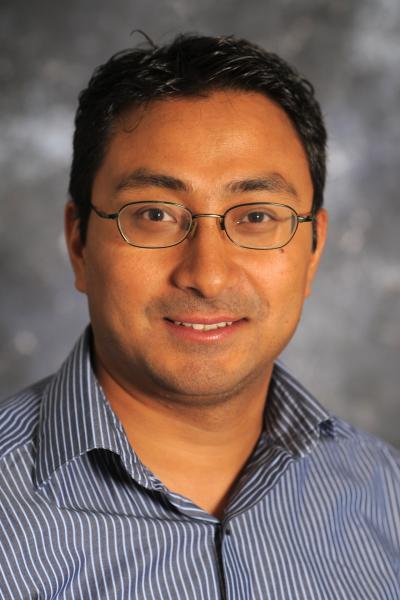NMSU professor receives award to assist researchers with statistical support

Anup Amatya, an assistant professor in the department of public health sciences at New Mexico State University, has received a sub award from the Mountain West Research Consortium to help researchers with biostatistical support.
As a faculty member in NMSU's College of Health and Social Services, Amatya is the lone professor at NMSU to receive a grant from the Mountain West Clinical and Translational Research Infrastructure Network (CTR-IN), which was funded through the National Institute of General Medical Sciences.
The CTR-IN's purpose is to increase not only the number, but also the quality of National Institute of Health supported projects in clinical and translational research, which would speed up the circulation of scientific discovery to improve health in the region.
"I am extremely excited about receiving this sub award," Amatya said. "As a member of the biostatistical core of this collaboration, my role is to provide statistical support for any investigator who applies for funding under this initiative. My goal is to support investigators at NMSU with my expertise in statistical science and help them in making sure that the proposals are statistically sound."
The CTR-IN offered pilot grant awards with the hope to equally distribute to all eligible member schools. Preference for the awards are given to new investigators, who are creating clinical or translational research programs, funded basic science researchers with intentions to create new translational projects and projects centered on health issues applicable to rural areas.
Amatya received about $38,000 this year and will receive about that same amount for the next four years.
NMSU is one of 13 members of the newly created Mountain West Research Consortium that agreed to establish research infrastructure support mechanisms that influence the core facilities and research support structures among the members.


